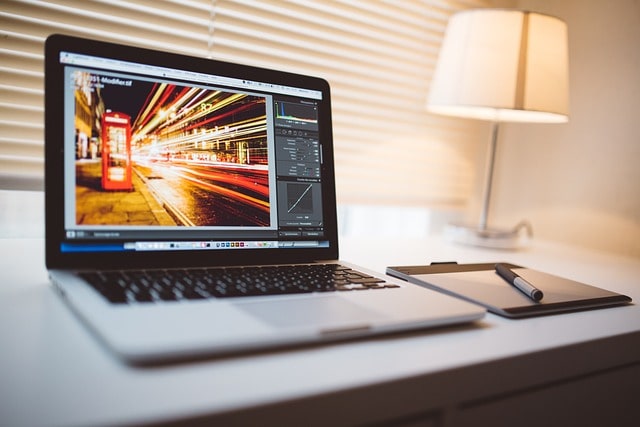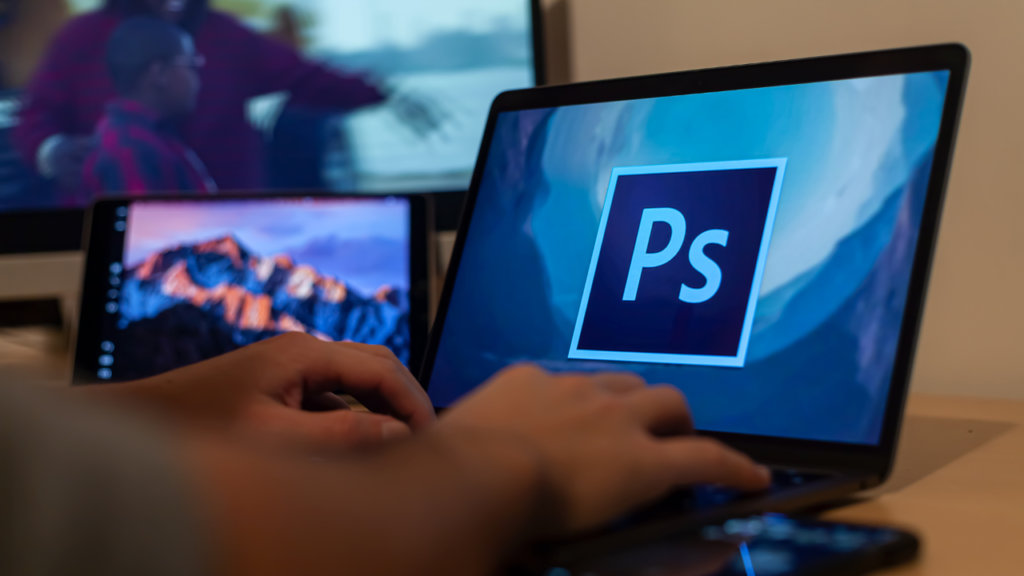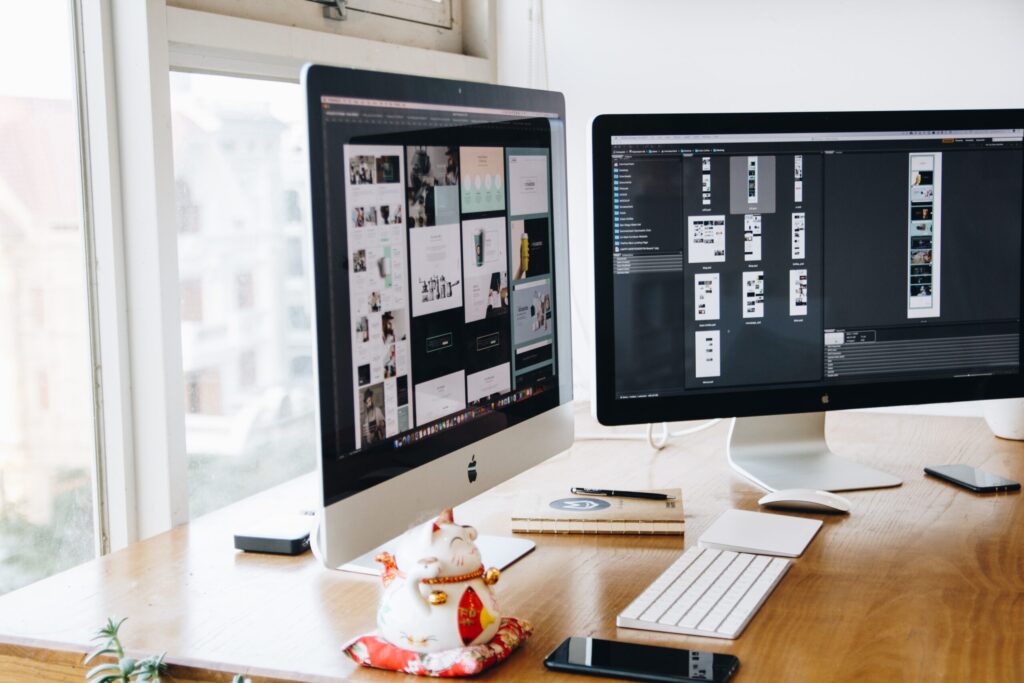Why You Should Edit Your Photos

This post delves deep. If you can’t read the entire thing, I’ve got you. If that’s the case, I want you to take away three things that will help you gain likes and followers in Instagram aside from using Famoid:
Thing 1: Almost all photographs we view are modified in some way. The dilemma is whether we should rely on our smartphones and cameras or take deliberate control of these modifications.
Thing 2: See Reason 1 for why I believe you should take control of these modifications. This is truly the only excuse you need!
Thing 3: If you’re persuaded and want to know what modifications I do to each photo, click here and I’ll send you an email with the eight most common edits. P.S. It has little to do with style. These are the strong edits that most professional photographers utilize.
1. Your unique story
If you just remember one reason to edit your images, make it this: it has the ability to set you and your business apart in a significant manner! While there are several technical reasons why you should edit your images, the most significant is that when you use your own distinctive style, you stand out from the crowd.
2. First Impressions: Basics to Bangers
First impressions matter just as much online. According to a Harvard research, consumers create opinions about websites in a fraction of a second, emphasizing the significance of visual attractiveness.
3. FOCUS ON YOUR SUBJECT
Because we know it just takes a fraction of a second to create an opinion (and most of us have an extremely short attention span), it’s critical to bring attention to your issue. Your audience must clearly grasp what you want them to see, and they must comprehend it quickly.
4. Engagement: Almost (Instantly) Famous, Miss Penny Lane.
While there are several aspects that contribute to an engaged audience, visual material is what initially captures a viewer’s attention.
Don’t hate me, but I really adore Instagram! While Instagram is not the most crucial tool in our business, it is essential to our success. It’s like this weird thing that everyone complains about, but we’re all playing the game.







